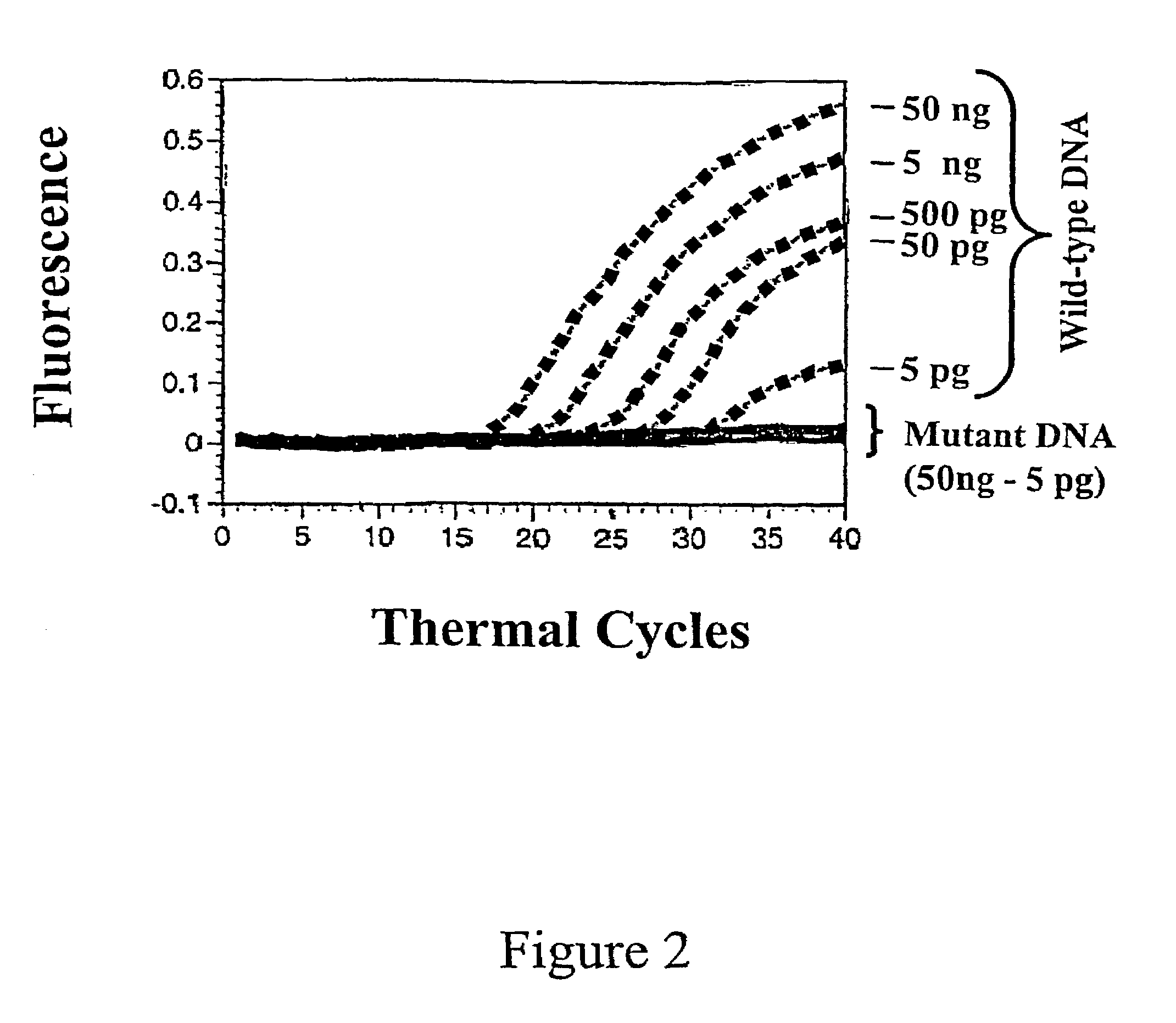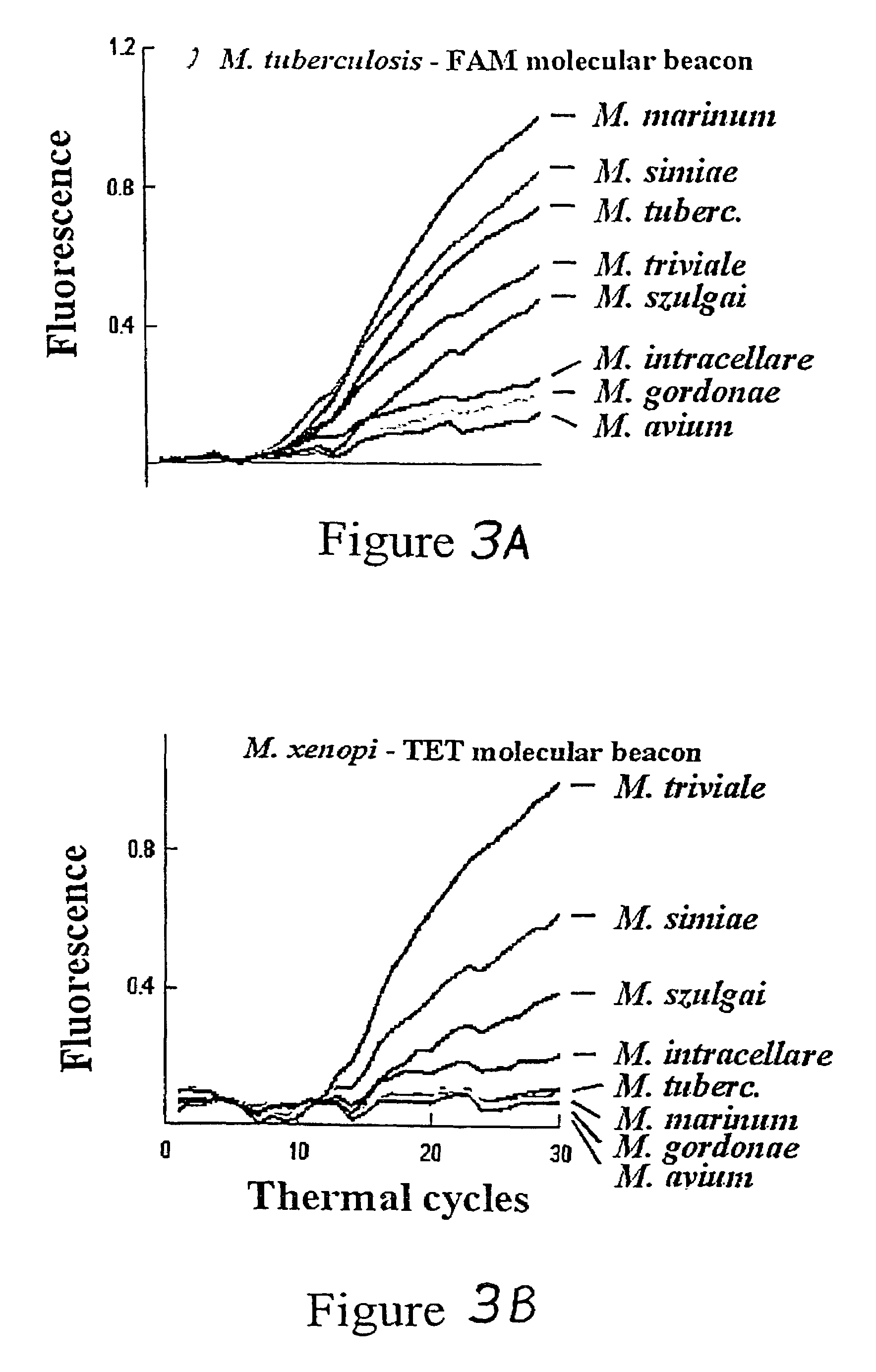Assays for short sequence variants
a short sequence variant and sequence technology, applied in the field of infectious diseases, can solve the problems of reducing the effectiveness of this practice, and becoming increasingly difficult to find antibiotics (or combinations of antibiotics) that are reliably effective, and achieve the effect of reducing the difficulty of this practi
- Summary
- Abstract
- Description
- Claims
- Application Information
AI Technical Summary
Benefits of technology
Problems solved by technology
Method used
Image
Examples
Embodiment Construction
[0023]The inventors have discovered that probes (sometimes referred to as “sloppy probes”), by virtue of their ability to bind to more than one (e.g., 2, 3, 4, 5, 6, 7, 8, 9, 10, 11, 12, 15, 20, 30, 40, 100, or 1000) variants of a given target sequence, can be used in assays to detect the presence of one variant of a nucleic acid sequence segment of interest from among a number of possible variants or even to detect the presence of two or more variants. The probes are used in combinations of two or more in the same assay. Because they differ in target binding sequence, their relative avidities for different variants are different. For example, a first probe may bind strongly to a wild-type sequence, moderately to a first allele, weakly to a second allele and not at all to a third allele; while a second probe may bind weakly to the wild-type sequence and the first variant, and moderately to the second variant and the third variant. Additional sloppy probes will exhibit yet different ...
PUM
| Property | Measurement | Unit |
|---|---|---|
| Length | aaaaa | aaaaa |
Abstract
Description
Claims
Application Information
 Login to View More
Login to View More - R&D
- Intellectual Property
- Life Sciences
- Materials
- Tech Scout
- Unparalleled Data Quality
- Higher Quality Content
- 60% Fewer Hallucinations
Browse by: Latest US Patents, China's latest patents, Technical Efficacy Thesaurus, Application Domain, Technology Topic, Popular Technical Reports.
© 2025 PatSnap. All rights reserved.Legal|Privacy policy|Modern Slavery Act Transparency Statement|Sitemap|About US| Contact US: help@patsnap.com



